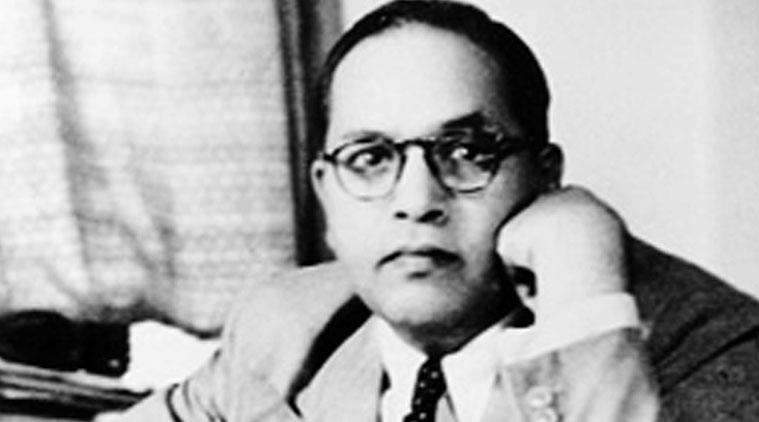In the rapidly evolving digital age, collaboration and communication have undergone a dramatic transformation. The widespread adoption of digital technologies has revolutionized the way individuals, businesses, educational institutions, and governments interact. From video conferencing to cloud-based project management tools, digital collaboration and communication have bridged geographical divides and created a global village. However, the trajectory and challenges of this digital transformation differ between regions, especially between India and other parts of the world.
The Global Landscape of Digital Collaboration
Globally, digital collaboration tools like Microsoft Teams, Zoom, Slack, Trello, and Google Workspace have become indispensable. Multinational corporations manage teams across time zones, educational institutions offer virtual learning environments, and governments use digital platforms for public service delivery. During the COVID-19 pandemic, digital communication became a lifeline, enabling businesses to function and individuals to stay connected.
Developed nations, with their robust infrastructure, high internet penetration, and advanced digital literacy, quickly adapted to these tools. Remote work, e-governance, and virtual education systems were seamlessly integrated into daily routines. Innovations in artificial intelligence, cloud computing, and 5G technologies continue to expand the scope of global digital collaboration.
The Indian Perspective: Growth, Challenges, and Opportunities
India’s journey in digital collaboration has been remarkable, particularly in the last decade. Government initiatives like Digital India, BharatNet, and Startup India have laid the groundwork for a digitally connected society. The rise of platforms like JioMeet, Koo, and DigiLocker i are example of India’s ambition to build indigenous alternatives to global digital giants.
In the education sector, platforms like SWAYAM and DIKSHA have enabled millions of students to continue learning, even in remote regions. Similarly, the rise of gig economy platforms (e.g., UrbanClap, Zomato, and Upwork) has demonstrated how digital collaboration fosters employment and economic opportunities.
However, challenges persist. Digital illiteracy, uneven internet penetration, language barriers, and infrastructure gaps—especially in rural areas—continue to hinder seamless digital communication. Cybersecurity threats and data privacy concerns also pose significant hurdles.
Steps Taken by the Government of India
The Government of India has recognized the strategic importance of digital collaboration in driving growth, inclusion, and governance. Several bold and structured steps have been taken:
- Digital India Mission (2015): This flagship initiative aims to transform India into a digitally empowered society and knowledge economy. It focuses on digital infrastructure, digital services, and digital literacy for all citizens.
- BharatNet Project: Aiming to provide high-speed broadband to over 250,000 Gram Panchayats (village councils), this project is the backbone for rural digital connectivity and collaboration.
- PMGDISHA (Pradhan Mantri Gramin Digital Saksharta Abhiyan): A nationwide campaign to make at least one person per household digitally literate in rural areas, empowering citizens to participate in the digital economy.
- National Policy on Software Products (2019): Encourages the creation of a vibrant Indian software product industry, including digital communication tools that are Made-in-India and Made-for-India.
- UMANG App (Unified Mobile Application for New-age Governance): Integrates over 1,200 government services on one digital platform, allowing citizens to collaborate and communicate with the government seamlessly.
- E-office and E-governance Platforms: Ministries and departments are increasingly adopting paperless workflows, enabling inter-departmental digital collaboration and transparency.
- 5G and AI Initiatives: The government is promoting 5G adoption and AI integration to ensure India remains competitive in next-generation digital collaboration and communication technologies.
These steps underscore India’s strong and serious realization of the importance of digital transformation, not just as a tool for convenience, but as a means to empower its people and reshape its economy.
Comparative Insights: India vs. the World
- Access and Infrastructure: While developed countries enjoy near-universal high-speed internet access, India still grapples with rural-urban divides in connectivity.
- Language and Localization: India’s multilingual diversity requires platforms to support vernacular content—unlike many global platforms that primarily use English.
- Digital Culture: In Western countries, digital collaboration has been ingrained for years. In India, the shift is more recent and often met with a learning curve, especially among older or less-educated demographics.
- Policy and Regulation: Countries like the EU have stringent data protection laws (e.g., GDPR), whereas India is still in the process of refining its data governance framework.
The Road Ahead
India is poised to be a major player in the digital collaboration space. With its young population, booming IT industry, and government support, the future is promising. To truly compete on a global level, India must:
- Strengthen digital infrastructure across all regions.
- Promote multilingual, user-friendly tools.
- Increase digital literacy through grassroots initiatives.
- Enforce stronger cybersecurity and data protection regulations.
Globally, as digital collaboration becomes more immersive—with the integration of metaverse technologies, virtual reality, and AI—the focus will shift to ethical use, inclusion, and sustainability.
Conclusion
Digital collaboration and communication have become central to how we work, learn, and interact. While global platforms lead in innovation, India is rapidly catching up with homegrown solutions and adaptive strategies. The Government of India’s proactive policies and technological investments are a clear sign of its commitment to building a robust digital ecosystem. The goal, both in India and worldwide, is to create an equitable digital environment that bridges divides and empowers all. The future of digital collaboration lies in inclusivity, adaptability, and cross-cultural understanding, and both India and the global community have pivotal roles to play in shaping that future.
The writer is a member of Faculty of Mathematics, Department of General Education SUC, Sharjah, UAE. reyaz56@gmail.com






